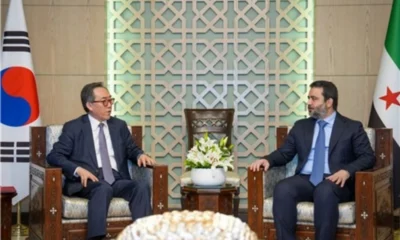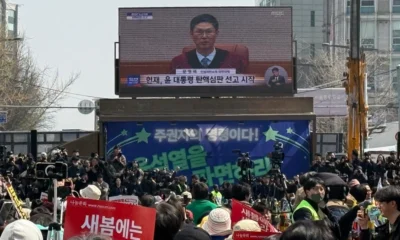Asia
Pakistan’s Khan shooting: Who paid for the bullet?
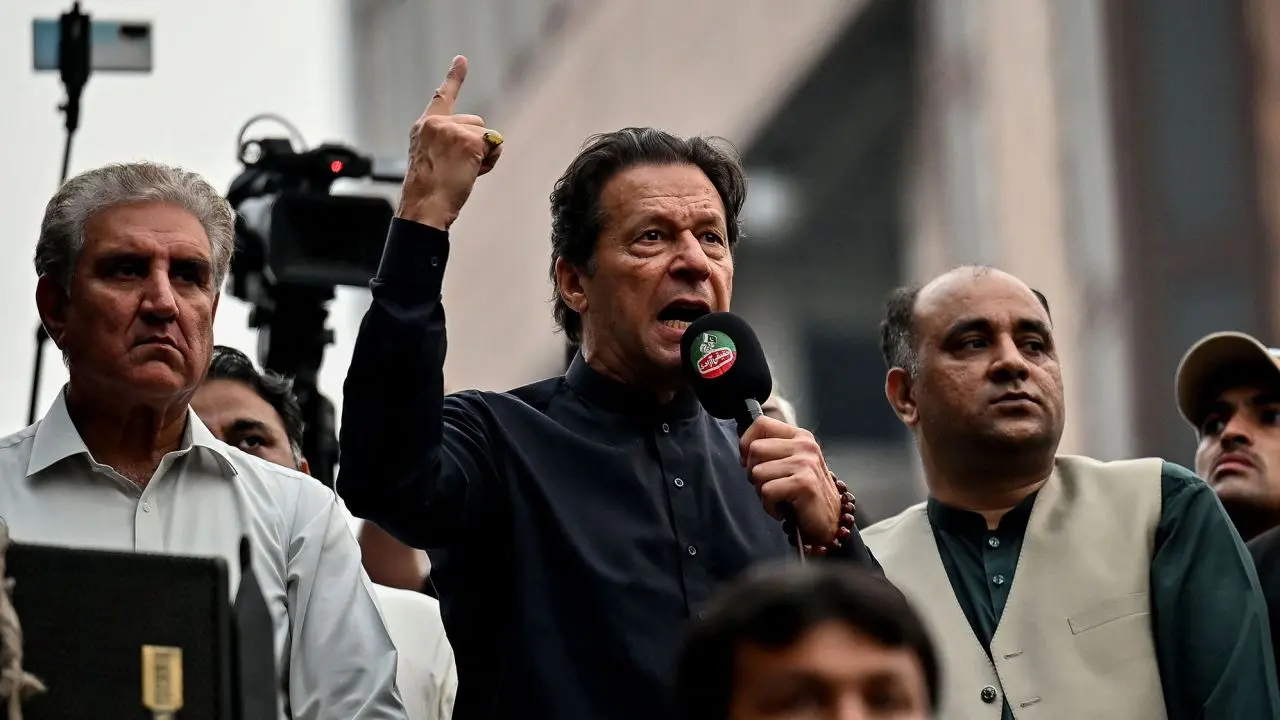
English author Eric Ambler: “The important thing to know about an assassination or an attempted assassination is not who fired the shot, but who paid for the bullet.
The exact word is now being repeated by the former Pakistan Prime Minister Imran Khan, who is recovering in hospital after being shot in the leg on Thursday at a protest march in Wazirabad, in the north-east of the country.
Khan, 70, and the Chairman of Pakistan Tehreek-e-Insaf (PTI), is not giving attention to the man who fired at him, rather revealed several high-ranking names behind his failed assassination plot.
When a key officials, like even the incumbent Prime Minister, and interior minister suspected of murdering plot of a political leader, it clearly reflects about the political intolerance of the certain strata for whom personal interests surpass every moral value.
It is worth mentioning that Pakistan tops the awful list of leaders’ assassination attempts as well and it has a root from the very inception of Pakistan some 75 years ago. There are several examples of Pakistani leader’s assassination attempt; some were killed by the unknown gunmen, while some others killed by direct commands of the establishment.
Pakistan has a long history of assassinations
At the outset we start with Pakistan’s first Prime Minister, Liaqat Ali Khan, who was shot and killed on 16 October 1951 in Rawalpindi. The assailant was shot dead at the very moment, and no other information was given till today. This is interesting; despite the security officials at that time promising a full-swing investigation on the shooting, nothing came out of it. There was only one claim, that the assassin was of Afghan origin.
The only Muslim woman Prime Minister, who ruled Pakistan twice, was Benazir Bhutto. She was assassinated in Lahore in December 2007; despite being escorted with outnumber security forces due to death threats. Later, in an astonishing move, Bhutto’s husband Asif Ali Zardari, didn’t allow the post mortem of her body, which is to ascertain the guilty.
Again, her shooter was never caught, and no investigation has yet been done. The case is still open without any progress. Her son is now a Foreign Minister. The history of Pakistan gives you several examples of leader’s assassination.
Do the Pakistanis and the world remember Zulfikar Ali Bhutto? He was Pakistani Prime Minister, and was hanged by the military regime of Zia-ul-Haq in April 1979 and his body was buried before his death could reach millions of his supporters. His elder son, Mir Murtaza Bhutto, was also murdered in Karachi.
Mr. Khan is on the next list
Now, on Thursday, former Pakistan Prime Minister Imran Khan had been shot and injured after receiving death threats. At least 11 close aides of Mr. Khan was wounded in the shooting, apart from one person who was killed. The shooting happened during his Long March toward the capital city Islamabad.
Imran Khan has been going on about this long march for seven days now and the entire plan was to start from Lahore toward Islamabad. Khan is looking to pressurize the government through nationwide demonstrations to hold elections in a nutshell.
Since his removal from office in April after a no-confidence vote, Khan has gained much more support from his followers after he contested for seven out of eight National Assembly seats and won six. Khan accused the incumbent government and US behind his ouster.
Imran Khan is speaking from hospital
In his briefing a day after he survived assassination attempt, Mr. Khan addressing the nation from a hospital in Lahore, said that he knew he was going to be attacked.
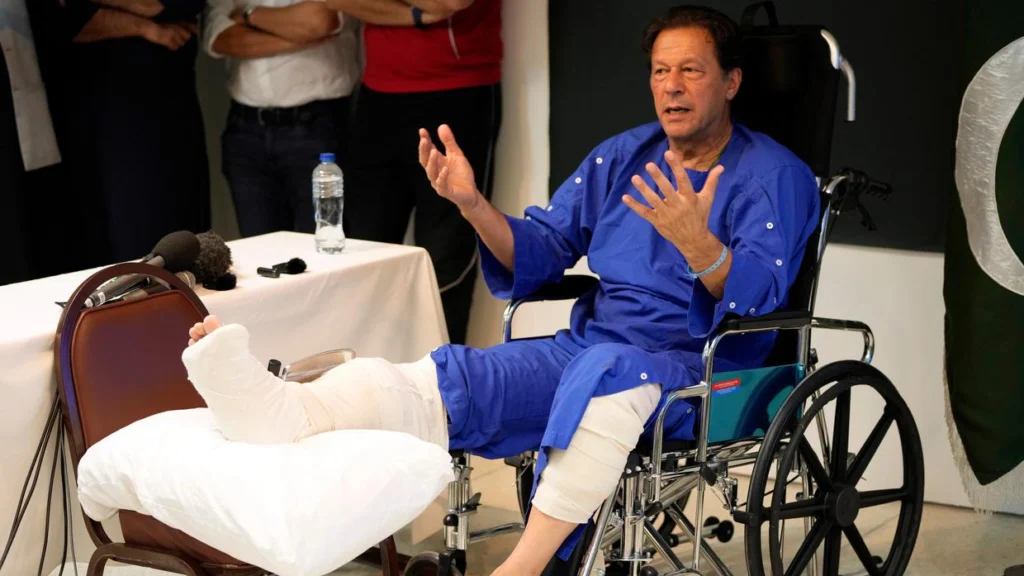
Former Pakistani Prime Minister Imran Khan in hospital. (K.M. Chaudhry/AP)
“I was hit by 4 bullets,” Khan said, adding he got to know one day before the attack that either in Wazirabad or Gujrat, “they planned to kill me.”
Khan said Prime Minister Shehbaz Sharif, Interior Minister Rana Sanaullah and intelligence official Major-General Faisal Naseer were part of the sinister plot to kill him but he provided no evidence for his claim.
Khan also called on his supporters to continue protest across the country and said he will continue his march to Islamabad once he gets out of the hospital.
Khan told his supporters to continue the protests until the three top officials, including Sharif did not resign. “This your constitution that gives you all rights to protests and the religion also gives you the right to carry out jihad against injustice,” Khan told his supporters.
However, Pakistani Interior Minister Sanaullah rejected Khan’s claim of being injured by four bullets and deemed him the biggest “liar” and asked for a thorough inquiry in the shooting incident.
Khan’s supporters protesting across Pakistan
Thousands of Khan’s supporters on Friday took to streets in several cities across the country to condemn his “assassination attempt”, and echo his demand for an early elections.
On Friday afternoon, Khan’s supporters staged protests in Karachi, Rawalpindi, Peshawar, Islamabad, Lahore and Quetta, and had blocked several roads and chanted slogans against the current Pakistani government.

Supporters of Imran Khan’s party, Pakistan Tehreek-e-Insaf, during a protest to condemn a shooting incident on their leader’s convoy, in Karachi (Fareed Khan/AP)
In Islamabad, protestors threw stones at security forces, in which police reacted by firing tear gas shells and rubber bullets at them. Some of the protestors were also arrested.
In Lahore, hundred protesters set the main gate of the governor’s house in the central province of Punjab on fire and blocked several roads in the city.
In Karachi, police and protesters engaged in clashes for several hours.
Undoubtedly, the shooting on Khan was a crime, and it’s the moral obligation of the government to investigate the matter and initiate legal action against those behind this incident.
Asia
US cries to China as Washington begins airstrikes in Iran
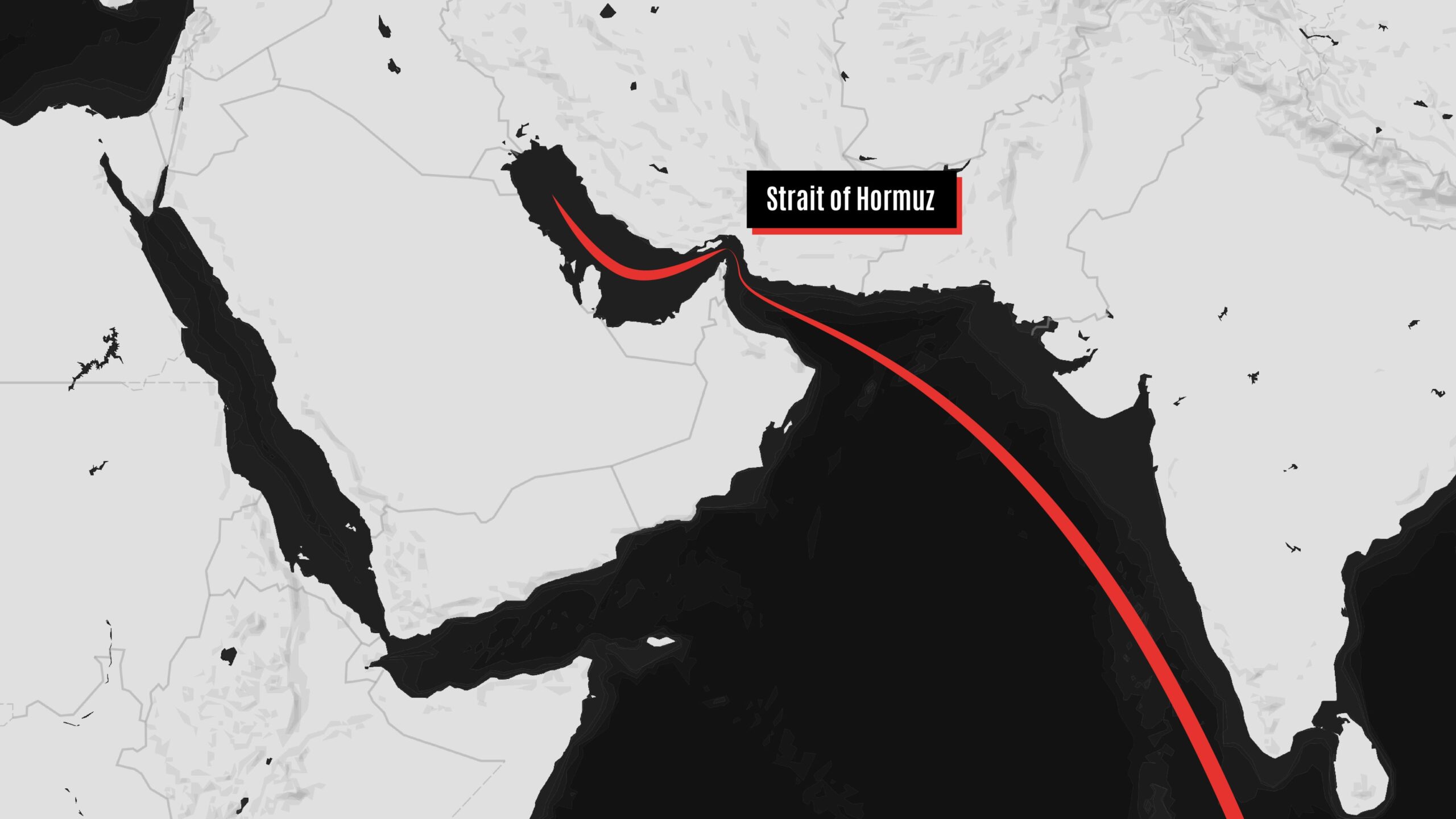
While the Middle East is going through one of its most tense periods, the world has been shocked by the news of a direct attack by the United States on Iran’s nuclear facilities. Washington has announced that Iran’s nuclear facilities no longer exist. At the same time, Tehran has warned in a strong tone that it will respond to this aggression.
This action was immediately met with widespread regional and international reactions. The United Nations, the European Union, global powers such as Russia and China, and America’s traditional allies in the West each took their own stance.
At an emergency meeting of the United Nations, Secretary-General Antonio Guterres described the move as a dangerous turn in an already crisis-ridden region. A wave of criticism has also emerged within the United States, with some describing the attack as successful.
At the same time, a number of lawmakers from both the Republican and Democratic parties consider Trump’s action to be without congressional authorization and unconstitutional.
Some reactions:
Russian envoy: US attack carried out without any provocation from Iran.
US Representative: The Iranian regime should not have nuclear weapons.
Iran’s ambassador to the Security Council: America once again sacrificed its security for Benjamin Netanyahu.
Israeli Ambassador to the Security Council: America changed the course of history by attacking Iran.
Rafael Grossi, the head of the International Atomic Energy Agency: Military attacks should not be carried out on nuclear facilities, saying he is ready to immediately travel to all countries regarding this case.
UK UN envoy: Military action alone cannot address concerns about Iran’s nuclear program, saying his country was not involved in Iran attack, referred to concerns about Iran’s nuclear program and said that military action alone cannot permanently address concerns about Iran’s nuclear program. He called on Iran to exercise restraint and urged the parties involved to return to the negotiating table.
France: Now is the time to end the attacks and return to negotiations.
But now why US cries to China for help to reopen Strait of Hormuz
Soon after a US airstrike in three locations, Iran closes the Strait of Hormuz, one of the world’s most important shipping routes. Now this move puts the US in trouble and US Secretary of State Marco Rubio has called on China to prevent Iran from closing the Strait of Hormuz.
However, it seems that the US is too late and according to Iran’s state-run Press TV, the decision was made by Iran’s Supreme National Security Council.
The US understands that any disruption on the supply of oil would have profound consequences for the economy and wants to play an emotional card with China to convince Iran to reopen the route as Beijing is also one of the largest buyers of Iranian oil.
It is reported that 20 percent of the world’s oil passes through the Strait of Hormuz, and major oil and gas producing countries in the Middle East use this route to export energy.
Meanwhile, US President Donald Trump has said that regime change is inevitable if the Islamic Republic cannot “make Iran great again.” His statement came following US military strikes on Iranian military facilities.
Iran: Game is not over even assuming the complete destruction of the nuclear sites
Ali Shamkhani, advisor to Ayatollah Ali Khamenei, the religious leader of Iran, has said in response to the US attacks that even assuming the complete destruction of the nuclear sites, the “game is not over”.
“Even assuming the complete destruction of the sites, the game is not over; because the enriched materials, indigenous knowledge, and political will remain intact,” he said.
He noted that “now the political and operational initiative with the right to self-defense is in the hands of the side that knows how to play smart and avoids blind shooting.”
Asia
Japan diverges from G7, urging restraint in Israel-Iran conflict
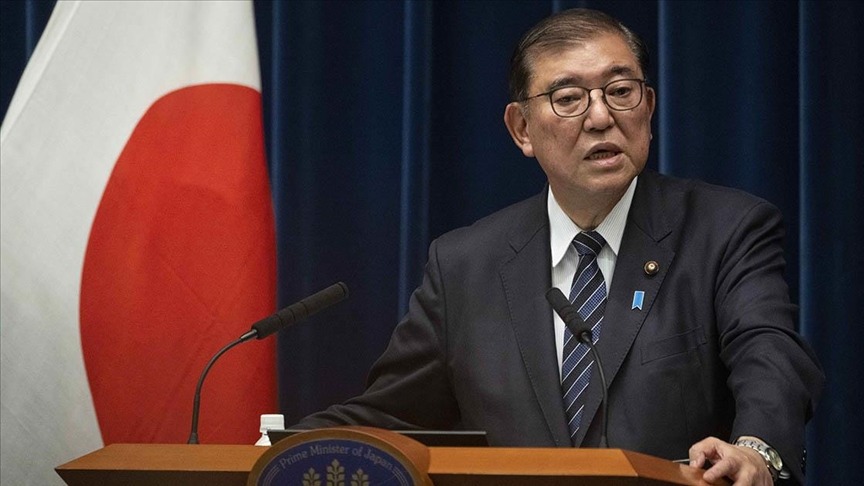
Japanese Prime Minister Shigeru Ishiba has affirmed Tokyo’s position of calling for “maximum restraint” from both Israel and Iran, despite a G7 statement earlier this week that supported Israel’s “right to self-defense.”
During a meeting of ruling and opposition party leaders on Thursday, Ishiba stated, “What the foreign minister said is the stance of the Japanese government. The G7 is the G7,” as reported by Tomoko Tamura, head of the Japanese Communist Party.
Japan, a close US ally in Asia, has long maintained friendly relations with Iran and has historically adopted a neutral approach to Middle East diplomacy, distinguishing itself from the pro-Israel stance of US administrations. Tokyo relies on the Middle East for the overwhelming majority of its crude oil imports.
G7 leaders convened in Kananaskis, Canada, and issued a statement backing Israel’s attacks on Iran. The statement affirmed Israel’s right to self-defense and condemned Iran as the “main source of regional instability and terrorism.” On June 13, when Israel’s attacks on Iran began, Japanese Foreign Minister Takeshi Iwaya declared: “The use of military force while diplomatic efforts are ongoing… is completely unacceptable and a source of deep regret. The Japanese government strongly condemns these actions.”
Iwaya added, “Japan is gravely concerned about the continuation of retaliatory attacks and strongly condemns any actions that could further escalate the situation.”
He continued, “Japan urges all parties to exercise maximum restraint and strongly calls for a de-escalation of tensions.”
During the meeting of party leaders, Tomoko Tamura, head of the Japanese Communist Party, highlighted the apparent contradiction between Iwaya’s statements and the joint G7 communiqué, suggesting the government was applying a “double standard.”
Prime Minister Ishiba responded, “What the foreign minister said is the stance of the Japanese government. The G7 is the G7.”
Meanwhile, the foreign minister announced at a press conference on Friday that a total of 87 Japanese nationals and their family members had been evacuated by land from Iran and Israel. Sixty-six individuals were evacuated from Iran to neighboring Azerbaijan, and 21 were evacuated from Israel to Jordan.
Following additional requests from Japanese citizens, a second land evacuation from Iran is scheduled for Saturday. Currently, there are approximately 220 Japanese nationals in Iran and about 1,000 in Israel.
In preparation for potential air evacuations, the government plans to dispatch two Air Self-Defense Force military transport aircraft to Djibouti in East Africa to have them on standby. With airports in Iran and Israel closed, Iwaya noted that the aircraft could be used if, for example, the airports reopen and conditions permit an airlift.
Asia
Iran-Israel war: Why US discusses regional conflict with Pakistan
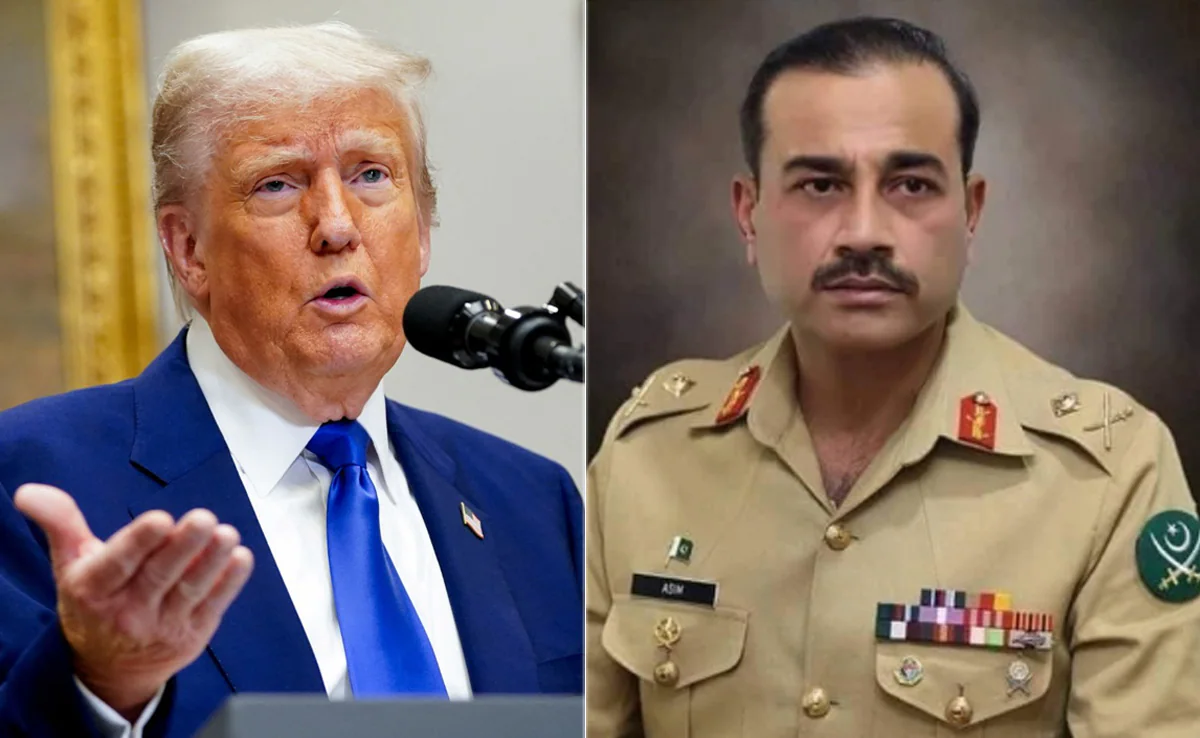
US President Donald Trump and Pakistan’s Army Chief General Asim Munir held a special and important meeting during a time when tensions are rising in the Asian region. The meeting was held on Trump’s invitation and was not open to the media. However, both sides have released official statements afterward, which states that the main topics were discussed
The meeting focused on the ongoing conflict between Iran and Israel, Pakistan–India relations, especially the Kashmir issue, the situation in Afghanistan and future US–Pakistan cooperation.
Pakistan has recently improved its strategic position in the region. It has shown strong ties with China and is the only South Asian country openly supporting Iran in its conflict with Israel. Meanwhile, Pakistan remains an important player in Afghanistan.
Why the Pakistani Army Chief was invited to the US?
Although Pakistan has an elected civilian government, important decisions—especially related to foreign affairs and security—are often handled by the military. That’s why General Asim Munir was invited to meet Trump instead of the Prime Minister, General Munir’s influence has grown recently. After tensions with India, he was given the title of Field Marshal. His meeting with Trump is seen as a sign of his importance in both Pakistani and international politics.
According to the Pakistan Army’s media wing (ISPR): General Munir thanked President Trump for helping to ease recent tensions between Pakistan and India. Trump praised Pakistan’s role in fighting terrorism. Both agreed to work together in the future, especially in: Trade, Technology Minerals and energy Artificial intelligence Crypto currency and regional peace efforts as well.
President Trump also appreciated General Munir’s leadership during difficult times. Munir invited Trump to visit Pakistan, and Trump reportedly accepted the offer in principle.
Why US former peace envoy to Afghanistan, Khalilzad is not trusting Pakistan’s army chief
Former U.S. diplomat Zalmay Khalilzad criticized the meeting. He said General Munir cannot be trusted and reminded the U.S. that Pakistan has supported groups that harmed American soldiers in the past. According to Khalilzad, General Munir may be trying to get U.S. support for his interests in Afghanistan, which he believes could be risky for America.
Though no official list of US demands was made public, reports suggest a meeting was held in Saudi Arabia earlier, where American officials spoke with top Pakistani leaders. During that meeting, the U.S. reportedly made four key requests: Pakistan should help the U.S. in counterterrorism operations when needed. Pakistan should slowly reduce its relations with China. Pakistan should recognize Israel after Saudi Arabia does. If the U.S. attacks Iran, Pakistan should support the U.S. instead of staying neutral.
These demands are similar to earlier U.S.–Pakistan arrangements during the Cold War and the War on Terror.
What could be expected in the future?
This meeting could mark the beginning of a new phase in US–Pakistan relations. In the past, Pakistan helped the U.S. during the Soviet-Afghan War and after 9/11. Now, with tensions involving Iran, India, and Afghanistan—and China expanding its role—the U.S. may again be looking to Pakistan as a key partner in the region.
Time will tell whether this leads to a long-term partnership or just another temporary agreement based on short-term goals.
-

 Middle East4 days ago
Middle East4 days agoUS to launch major bombing campaign against Iran this weekend, Hersh reports
-

 Diplomacy1 week ago
Diplomacy1 week agoFormer diplomat warns forcing Iran out of the NPT is the greatest danger
-

 Middle East7 days ago
Middle East7 days agoIran targets Mossad and Unit 8200 in missile attack on Tel Aviv
-
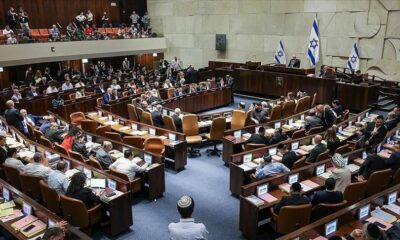
 Middle East2 weeks ago
Middle East2 weeks agoNetanyahu’s government survives no-confidence vote as Haredi crisis is delayed
-

 Diplomacy1 week ago
Diplomacy1 week agoFormer CIA analyst says Israel used ceasefire talks as a trap
-

 Asia2 weeks ago
Asia2 weeks agoJapan, US showcase B-52 bombers in nuclear deterrence dialogue
-

 Middle East1 week ago
Middle East1 week agoIranian missile attack causes heavy damage across Israel
-
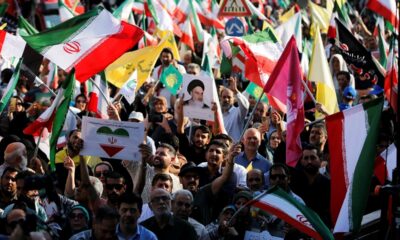
 Diplomacy1 week ago
Diplomacy1 week agoChinese academic analyzes Israel-Iran conflict for Harici: Iran holds strategic importance for China


